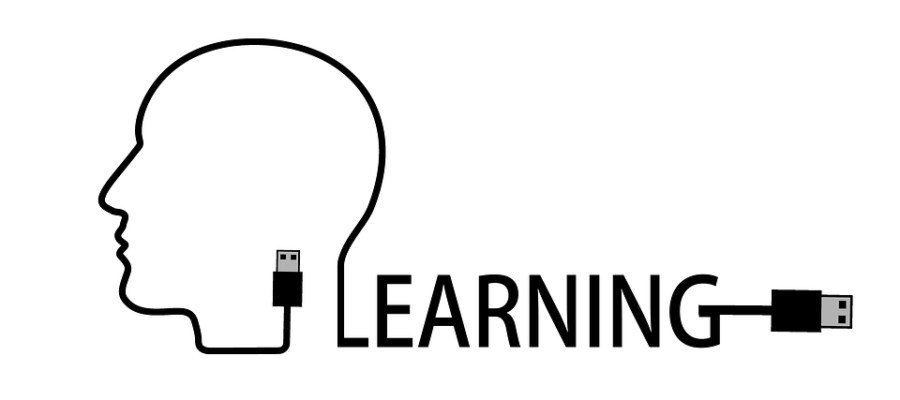Origin of Digital Learning: Decade in the Making
March 21, 2019
Digital learning is a new concept inducted into the N.J.S.D. this year, and people within the school community have questions about its origin.
Many students are confused about the concept and have questions on where it came from and how it relates to learning and helping kids save days added on to the end of the school year.
Parents have questions as well because the technological take on learning without being present at school seems to be a foreign idea.
In reality, the topic of digital learning — its origin or background goes much deeper than many would expect.
The story begins over 10 years ago; NHS had installed its fiber optic cable to increase the school’s capabilities to take in and send out data. With having these new data capabilities, the school gave thought to helping students learn away from school and increase capabilities of material and topics able to be covered during the school year. N.J.S.D. selected Schoology to be the best platform for online/digital learning options and was starting to give thought to possible away from school instruction days.
The introduction of digital learning days also introduced many questions generated by students and parents alike.
Senior Tanner Kramer questions the idea on digital learning and how it could be compared with a full school day.
“I don’t really understand how the school takes attendance and how completing assignments online might add up to a full school day. Are we supposed to stay on Schoology for a given amount of time or complete all the assignments?” he questioned.
In contrast, the Director of Instructional Technology Matt Anderson responds to more than a few answers about digital learning. He offers both responses to questions and insight into the vision for digital learning at the district level.
“ The DPI (Wisconsin Department of Public Instruction) is not worried about minutes as much as the continuation of learning. We are going off of completed assignments for the most part.”
Also many students attending NHS have questions on how much work is expected to be given out on digital learning days.
He explained that secondary students (high school) should be given on average 3-4 hours of work to complete. Middle school students are given 2-3 hours of work, and elementary students 1-2 hours of work posted on Schoology.
A big part of this story is that N.J.S.D. is one of the first districts to adopt this instructional method. The DPI as well as the local state government oversees all methods of teaching, and has the final say when it comes to instruction approval.
“Digital learning has been approved by the DPI, now we just have to wait for the gears of the government to turn,” Anderson said.
N.J.S.D. has become a topic of interest to other school systems as well, catching the attention of many districts who often have to make up days in the summer for cancelled days of instruction.
Anderson confirmed 30 different school districts contacted him on background information for digital learning and how to apply it to their school system.
Clearly, Anderson and his technology team are busy with the induction of digital learning, but to them, it has been a decade in the making.


